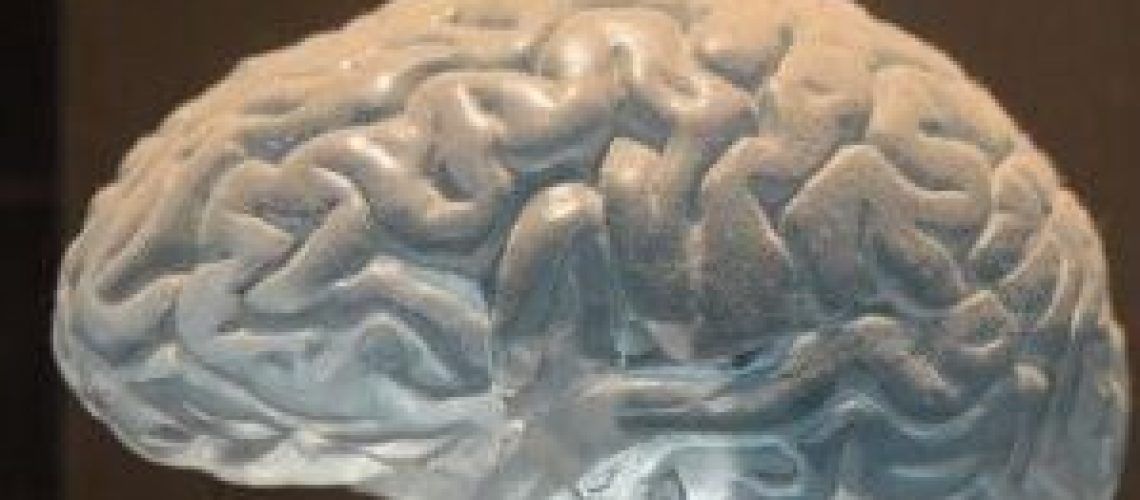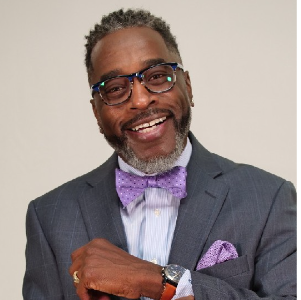On February 14th, Elliot Geller (LCSW) led us through a beautiful and life-affirming conversation around his therapeutic work with men suffering from degenerative neurological diseases. Elliot began his work in the field in free clinics working with Vietnam veterans. This led him to attend graduate school for his social work degree as a 29-year old, and on to 7 years of work in community mental health where he started the program that is now Cascadia. After leaving community mental health to go into his own practice, he received a federal grant to work with HIV patients, utilizing hypnosis. Most recently, he has focused mainly on working with individuals and couples experiencing neurodegenerative diseases and terminal illness. After committing his life’s work to this subject area, his wife came down with a terminal cancer—an experience that he spoke affectionately and vulnerably to later in the presentation as both a deep loss, and a great teacher.
In speaking to Neurodegenerative diseases in general, Elliot began by illuminating several dimensions of their progression:
1. There is an ongoing and unpredictable process of disease and suffering: grief and loss, and anticipatory grief, are hard to handle—one can anticipate a loss of friendships, family, and functioning
2. There is strain on ongoing relationships
3. There is discomfort with ongoing dependency. This adjustment to being more dependent can be extremely difficult
4. There are a variety of reactions and responses from friends and family
Elliot then spoke to how degenerative diseases are on the rise in our culture. Practioners who work with this population must understand the range of difficulties, the inevitable anxieties concerning loss of functions, and the range of symptoms and losses. Additionally, working with this population can bring up a lot of anxieties for us as professionals. For this reason, he encouraged regular engagement and consultation with other clinicians.
Throughout the presentation, Elliot embedded his experiences with a dialogue of essential concepts of Existential-Humanist (EH) and Eriksonian principles of hypnotherapy. In doing so, he commended Bob Edelstein, president of Existential Humanist NW and a leader in the EH field, who has called attention to the philosophical frameworks that guide methodology from an EH perspective. Drawing from Bob’s chapter, “Frames, Attitudes, and Skills of an Existential-Humanist Therapist”, Elliott brought in several of his own guiding frameworks as they overlap with this EH lens:
1. Being versus Doing—staying connected to the unfolding nature of the process. Cultivating an I/Thou relationship. Doing is secondary to being.
2. Staying open to the flow of life—its process and content. Being an active participant.
3. We live in the paradox that nothing is certain, yet we do not let this deter us from consciously deciding our life
4. We believe in possibility and potential—simultaneously, we acknowledge there are limitations to being human. We are always both being and becoming.
5. We attempt to act from our authentic core—we intend to act in the best interests of self, each other, our community, and the planet as a whole.
6. We endeavor to embrace and honor our shadow as a valid part of ourselves
7. We are always evolving
After going through these tenets of an EH approach, Elliot spoke to his utilization of Ericksonian hypnosis in his work with clients. Hypnosis is a deeply absorbed state of awareness. In this state of awareness, the unconscious is more available. Inherent in this is an individualized approach with no script or expectations. Clients’ subjective experiences are always valued over educational facts. As clinicians, we cannot attach ourselves too much to these scripts lest we miss the uniqueness of an individual. Elliott also explained that success is relative to clients’ personal goals and objectives. In speaking to this process, Elliot spoke to utilizing everything in the environment to get into a sustained relaxed state. In this state, the emphasis is on process over content—the goal is to focus on current senses. He also emphasized pacing—pacing is what allows a client to feel deeply held. This relaxed state of consciousness can allow access to the unconscious, and doors may open up to facilitate a new way of being in relationship and with oneself.
With these guiding frameworks and utilization of a hypnotic state, Elliot then turned his discussion to case examples. Firstly, he spoke to his work with a 62-year old retired man struggling with Parkinson’s disease. He came to Elliot for couple’s therapy to work with his wife on adjusting to his diagnosis. In this case, retirement was not his choice, but felt forced due to the progression of his disease. In spite of medication, tremors led to emotional withdrawal from his family and frequent mistreatment of his wife. He agreed to therapy per his wife’s pleading, and brought into the room deep wells of shame about his expectations and management of his wife. Elliot described how he met the man where he was. He focused on not putting his own expectations on the process, and discussed the outcomes personally significant to the client. They connected over both being Jews from New York. Elliot backed off when the man became defense. He joked with them. In time, dynamics shifted, and the man began to unpack his shame at his progressive dysfunction and mistreatment. He expressed a desire toward new ways of being. They explored existential themes.
Elliott also spoke, here, to the important of helping a client to identify resources. In this case, they utilized guided imagery, which involved focusing on his senses and cultivating relaxed states of mind. Elliot emphasized that guided imagery is not just visual—it can be bodily sensations, what we feel, hear, touch, and smell. The more sensation we can open up to, the deeper our processing and resourcing. At this point, the man lent his support at the Parkinson’s Facility. In 3 months, he was on a leadership team. He also began spending more time with his grandchildren, who he had withdrawn from as his disease progressed. He aspired toward better treatment of his wife and apologized to her in session. After 8 months, he expressed a desire to come in for his own therapy work with Elliot, to explore these aspects of his own process more deeply. The man dictated his own process—he ran the show, so to speak.
After describing the experience of working with this man, Elliot shared the story of his wife’s death. After learning of her diagnosis, she died within 45 days. During this time, she worked closely with a Western Buddhist Monk and friend of theirs. She met with him twice a week, in which he guided her through Tibetan Death Rituals, preparing her for death. Elliot expressed that of all the people he has worked with in hospice, he never saw anyone die as peacefully as she did. Most of her treatment was with medical marijuana, and she did not require other painkillers until the last night. She announced that she was going to die a week before she did, at 10am. At that point, she stopped eating. She also stopped talking, but encouraged her family to talk to her. Elliot describes that she died within the exact hour she said she would, at which point she gave a sweet smile at each of her family members, and died.
Elliot described that in his own work as a therapist, he still struggles with expectations of how to help someone. He has his own limitations—his own existential anxieties that arise, and sits with the heaviness this work brings up. He asked us all to consider our own limitations, and to honor our own humanity—such as our wish to love and be loved in this complicated and often devastating world. He asked that we honor life’s meaning and richness that is available to us in every moment. Throughout the presentation, Elliot emphasized the beauty and the pain of doing this work, not so dissimilar from the process of being human. So approach it as a human. Lean into our own mistakes; explore the ways in which we are affected. Lastly, there is no script to this work, and nor is there to being human.




